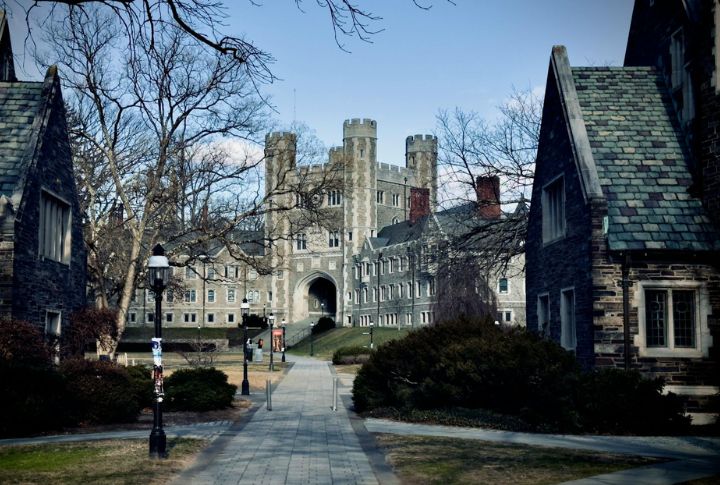
The real estate market this year will be a mix of resilience and risk. While specific sectors thrive, others struggle against economic shifts, new regulations, and changing consumer demands. Investors and buyers should carefully evaluate these factors to make well-informed choices and prevent expensive errors.
Urban Condos

Major cities are seeing an influx of condo listings, particularly in South Florida, where inventory levels have hit 11.4 months of supply. Increased availability means buyers have more negotiating power, but sellers may struggle to maintain value in oversaturated markets.
Aging Suburban Homes

While suburban demand remains high, older homes lacking modern amenities are overlooked. Today’s buyers prefer move-in-ready homes, which forces sellers of outdated houses to invest in costly renovations or accept lower offers to stay competitive.
Luxury Properties

The US luxury property market is set for 4–6% growth in 2025, driven by consumer demand and structural shifts. While some cities may slow, high-net-worth buyers remain active in exclusive areas by sustaining market momentum despite economic fluctuations and shifting investment priorities.
Coastal Homes

Climate change is reshaping coastal property values, especially in Florida. Rising sea levels and intensifying storms are driving up insurance costs and deterring buyers by causing some waterfront homes to depreciate faster than expected.
High-Crime Neighborhoods

It’s a no-brainer that higher crime rates are weighing on home values. With rental economics declining and borrowing costs still elevated, buyers prioritize safety and stability. Homes in high-crime areas are more complex to sell and susceptible to long-term depreciation.
Outdated Commercial Real Estate

Experts predict office vacancies could reach 24% by 2026, which makes traditional office spaces a riskier investment. Many commercial buildings face rising vacancy rates due to remote work’s lasting impact. As companies downsize their physical footprints, the office market grapples with shifting demand.
Vacation Rentals

Short-term rental markets face regulatory scrutiny and shifting traveler preferences. Some cities are tightening restrictions, while others see declining demand. Investors should research local policies and occupancy trends before entering this space.
Homes In Areas With Declining School Ratings

School ratings have a direct impact on property values. As educational performance declines in certain districts, so does real estate demand. Families prioritize top-tier schools by leaving homes in struggling areas harder to sell and less likely to appreciate.
Properties Near Environmental Hazards

New environmental studies and stricter zoning laws make risks like landfills, industrial sites, and flood zones harder to ignore. These factors discourage buyers and complicate resale potential, reducing property values in affected areas.
Rural Homes With Limited Connectivity

The shift toward remote work has boosted demand for well-connected suburbs, but homes in areas lacking high-speed internet remain a tough sell. Without reliable digital infrastructure, rural properties risk stagnating in a market that values accessibility.

